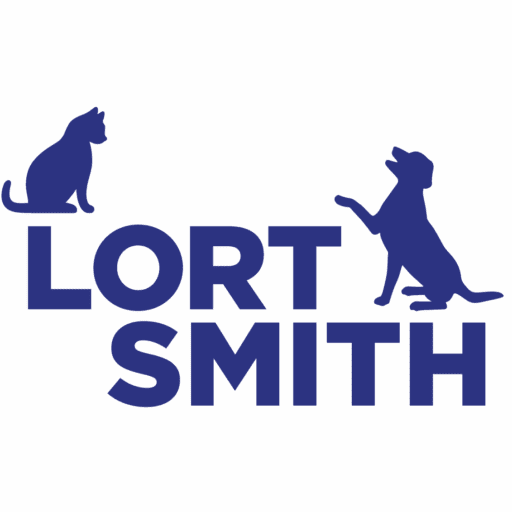Foreign body ingestion: Identification, immediate care, and when to seek help
Foreign body ingestion occurs when a dog swallows an indigestible object that can become lodged in the gastrointestinal (GI) tract, leading to blockages and serious health issues. Commonly swallowed objects include toys, bones, socks, and household items.
If untreated, an obstruction can cause severe complications, including intestinal perforation or infection. Seeking veterinary advice as soon as possible can improve the chances of a successful outcome.
Signs of foreign body ingestion
Symptoms of foreign body ingestion vary depending on the type of object, its size, and where it becomes lodged in the digestive tract. Common signs include:
-
Gastrointestinal symptoms
- vomiting
- diarrhoea or constipation
- loss of appetite
- abdominal pain or tenderness
- restlessness or agitation
-
Other indicators
- excessive drooling
- lethargy or weakness
- straining to defecate
- a foreign object protruding from the anus (do not attempt to remove it)
If your dog exhibits any of these symptoms, seek veterinary attention promptly.
Immediate first aid steps
-
Contact your veterinarian
- If you suspect your dog has ingested a foreign object, call your veterinarian for advice.
-
Do not induce vomiting without veterinary guidance
- Some objects can cause further damage if vomited. Always check with your vet before attempting to induce vomiting.
-
Prevent further ingestion
- Remove any remaining hazardous objects to prevent additional ingestion.
-
Monitor your dog
- Watch for worsening symptoms such as ongoing vomiting, distress, or lack of appetite.
Important: Do not attempt to remove an object stuck in the mouth or protruding from the anus, as this can cause internal injury.
Treatment for foreign bodies
The treatment for foreign body ingestion depends on the type of object, its size, and whether it has caused an obstruction.
-
Inducing vomiting
- If the object was ingested recently and is safe to remove this way, your vet may induce vomiting.
-
Endoscopy
- A small camera inserted into the oesophagus or stomach may allow the vet to retrieve the object without surgery.
-
Surgery (enterotomy or gastrotomy)
- If the foreign body has caused a blockage or is sharp, surgery may be required to remove it from the stomach or intestines.
-
Supportive care
- Your dog may need IV fluids, pain relief, and medication to manage nausea or prevent infection.
Recovery depends on the severity of the obstruction and how quickly treatment is provided.
When to seek help
Seek immediate professional help if your dog:
- is vomiting repeatedly
- shows signs of abdominal pain
- stops eating or drinking
- becomes lethargic or weak
- has a visible foreign object in the mouth or anus
Timely intervention is essential to prevent life-threatening complications such as intestinal perforation or infection.
Preventing foreign body ingestion
-
Supervise your dog
- Keep an eye on your dog, especially during playtime, to prevent ingestion of inappropriate items.
-
Dog-proof your home
- Remove or secure small objects, toys, and clothing that could be swallowed.
-
Provide safe chew toys
- Offer durable, vet-approved chew toys to reduce the risk of your dog chewing and swallowing dangerous objects.
-
Train your dog
- Teach commands such as “leave it” or “drop it” to prevent your dog from picking up and swallowing non-food items.
Concerned your dog has ingested a foreign body? Contact Lort Smith now
If you suspect your dog has ingested a foreign object, seek veterinary care immediately. Our North Melbourne Accident and Emergency department is open 365 days a year, no bookings required. If possible, we recommend calling to let us know you are on the way.
You can also call or book an appointment online for our North Melbourne or Campbellfield clinics.
References
Tyrell D & Beck C (2006) Survey of the uses of radiography vs. ultrasonography in the investigation of gastrointestinal foreign bodies in small animals. Veterinary Radiology and Ultrasound 47:404-408.
